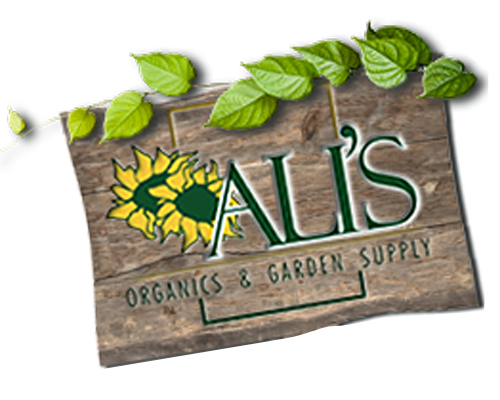Starting a Garden in Summer for Fall & Winter Harvest
Posted July 21, 2024

As the days grow shorter and the air turns crisper, vegetable gardeners eagerly anticipate the bounty of late fall harvests that await them. Late fall is a prime time for planting cool-season vegetables and reaping the rewards of a well-tended garden. But what does late fall planting in a vegetable garden entail, and how can you make the most of this season's harvest?
Late fall planting in a vegetable garden revolves around timing and selecting the right crops for the changing season. With a focus on cool-season vegetables that thrive in lower temperatures, late fall planting typically begins in late summer to early fall, allowing plants to establish strong roots before winter sets in. This strategic timing sets the stage for a successful harvest in the coming months.
To ensure a bountiful late fall harvest in your vegetable garden, it's essential to follow best practices for planting and care. Start by preparing your soil by clearing out debris, loosening the soil, and amending it with organic matter like compost to enhance its health and fertility. Opt for vegetables that are well-suited for late fall planting, such as leafy greens, root vegetables, and cold-hardy herbs that can withstand chilly temperatures.
Increasing yields in your late fall vegetable garden can be achieved through thoughtful planning and maintenance. Implementing crop rotation, intercropping, and companion planting strategies can help maximize space and resources while deterring pests and diseases. Additionally, providing adequate water, mulching, and protecting plants from frost can ensure optimal growth and productivity in your garden.
When selecting vegetables for your late fall garden, consider crops that excel in cooler temperatures and offer a bounty of flavors and nutrients. Leafy greens like spinach, arugula, and swiss chard, as well as root vegetables such as carrots, beets, and turnips, are excellent choices for late fall planting. These vegetables can thrive in the crisp autumn weather and produce a plentiful harvest for your table.
Effective soil management is key to a successful late fall vegetable garden. Conduct a soil test to assess its pH levels and nutrient content, and amend the soil as needed to create a fertile growing environment for your plants. Adding a layer of mulch around your vegetables can help regulate soil temperature, retain moisture, and suppress weeds, promoting healthier growth and higher yields.
As you tend to your late fall vegetable garden, anticipate the harvests that lie ahead and the rewards of your hard work. While late fall-planted crops may mature more slowly than those sown in spring or summer, they can offer a continuous supply of fresh, homegrown produce well into the colder months. Be prepared to protect your plants from frost and cold snaps to ensure a successful harvest.
Certain types of vegetables thrive going into winter and can provide a rich harvest in late fall. Cold-hardy crops like broccoli, Brussels sprouts, and kale can withstand chilly temperatures and offer nutritious additions to your meals. Additionally, experimenting with cover crops like winter rye or clover can help improve soil health, suppress weeds, and protect your garden over the winter months.
In conclusion, late fall planting in a vegetable garden presents a wealth of opportunities for gardeners to extend their growing season, reap abundant harvests, and savor the flavors of the autumn bounty. By following best practices, choosing the right vegetables, managing your soil effectively, and staying attuned to your garden's needs, you can cultivate a thriving late fall garden that nourishes both body and soul.



Comments (0 Comments)
There are no comments.
Post Comment